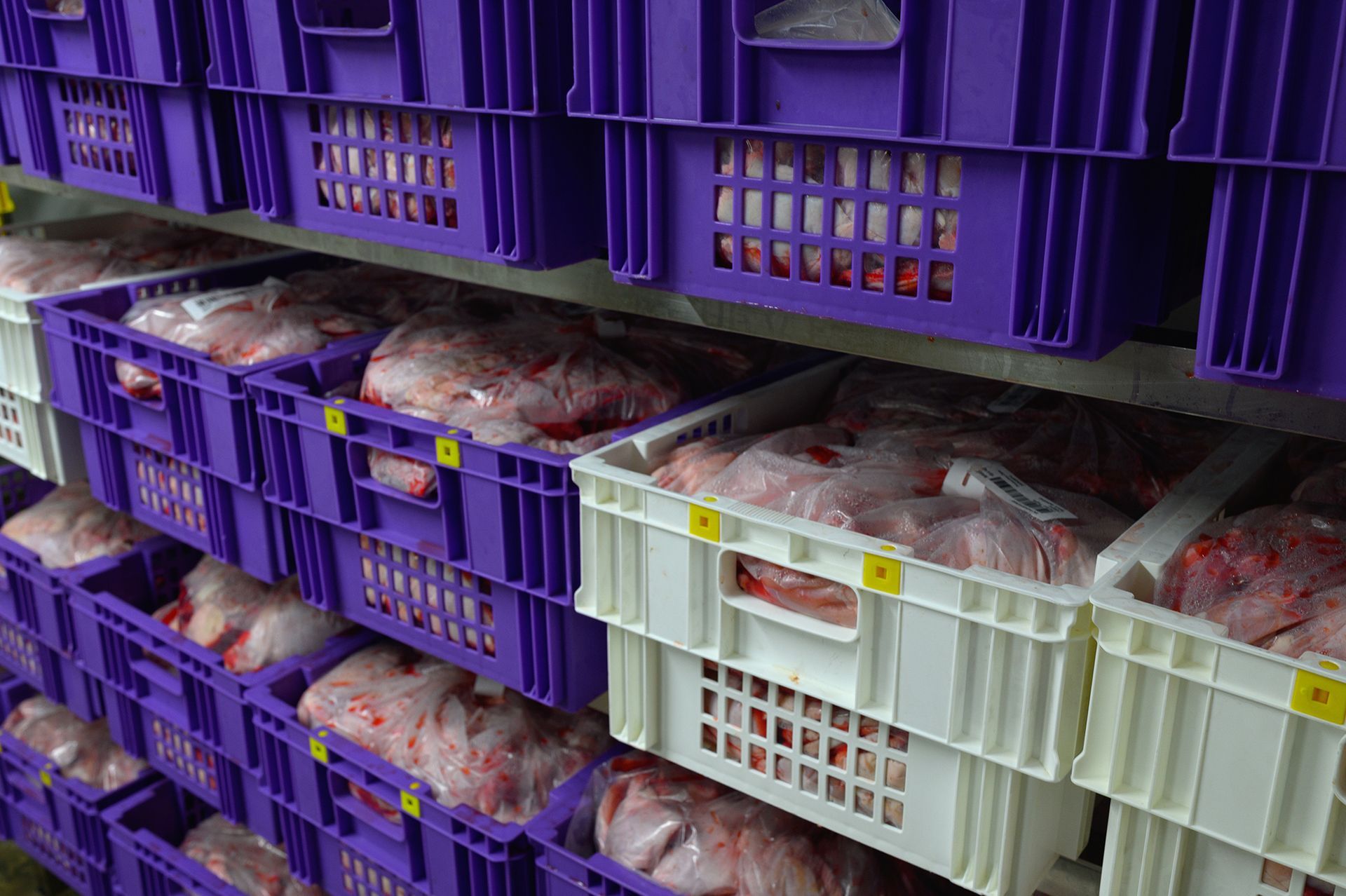Sea Freight for Perishables: When is It the Right Choice?
When it comes to moving perishable goods internationally, the first thought for many importers and exporters is air freight, fast, reliable, and ideal for short shelf-life products. But sea freight remains a critical and often cost-effective solution for many perishable commodities. The key is knowing when it makes sense.
At Vision International Logistics, we specialise in end-to-end cold chain solutions that ensure your goods arrive in peak condition, whether by air or by sea.
In this article, we’ll help you understand when sea freight is the right fit for perishables and how we manage the process.
Can You Ship Perishables via Sea Freight?
Yes, many perishable goods are well suited to ocean shipping, provided the correct conditions are maintained. In fact, with the rise in demand for global fresh produce, meat, dairy, and frozen products, refrigerated containers (reefers) are more advanced and accessible than ever before.
Modern reefer containers provide precise temperature control, humidity regulation, and air circulation. They are designed to keep everything from frozen seafood to chilled avocados in market-ready condition over extended voyages, which can range from 10 to 30 days depending on the route.
What Perishables Are Best Shipped by Sea?
Sea freight works well for perishable commodities that can withstand longer transit times and are suited to stable temperature environments. These include:
- Frozen proteins such as beef, poultry, or seafood
- Dairy products like cheese and UHT milk
- Fresh produce with longer shelf lives (e.g. apples, carrots, onions)
- Processed or packaged perishables (e.g. meal kits, juice concentrates)
- Pharmaceuticals and healthcare goods that are stable under cool chain conditions
Shipping these goods by sea can help reduce freight costs, especially for bulk loads and international distribution.
When Is Sea Freight the Right Choice?
Sea freight becomes the right option when:
- Cost efficiency is more important than speed
- The shelf life of the product is long enough to accommodate the transit time
- You’re moving bulk or large-volume loads
- You have reliable cold chain infrastructure from port to end destination
- Your product can tolerate controlled temperature changes over time
It’s important to factor in seasonal demand, arrival windows, and potential port delays when planning. That’s where a trusted logistics partner becomes essential.
Our Process: How We Keep Your Perishables Fresh at Sea
- Custom Planning & Consultation
Every shipment starts with understanding your product requirements, from ideal temperature range to transit time limitations and final destination needs. - Cold Chain Integration
Our team coordinates with reefers, port handlers, and transport providers to ensure a fully integrated cold chain. Goods are transferred into cool rooms and freezer facilities where required, ensuring no temperature breaks. - Compliance & Documentation
We manage all import/export paperwork, DAFF certifications, phytosanitary compliance, and customs brokerage to prevent costly clearance delays. - End-to-End Tracking
You’ll be using Vision Hub, our highly advanced tracking software, giving you transparent and live updates on how your cargo is tracking. On our platform, you can track shipments from the cargo details to checking customs status, allowing you to see on a map the location of where your freight is – anytime, anywhere. - Post-arrival Support
Whether your perishables need to be stored, distributed, or on-forwarded, our domestic network ensures they stay fresh all the way to their final destination.
Find out more about our sea freight services.
In Summary
Sea freight can be an excellent choice for shipping perishables, when done right. It provides a more cost-effective solution for the right type of goods, especially when supported by expert logistics coordination and cold chain management.
At Vision, our team ensures every container is monitored, every document is compliant, and every step is handled with the urgency that perishable cargo requires.
Contact us today to explore your shipping options or request a tailored quote today.










